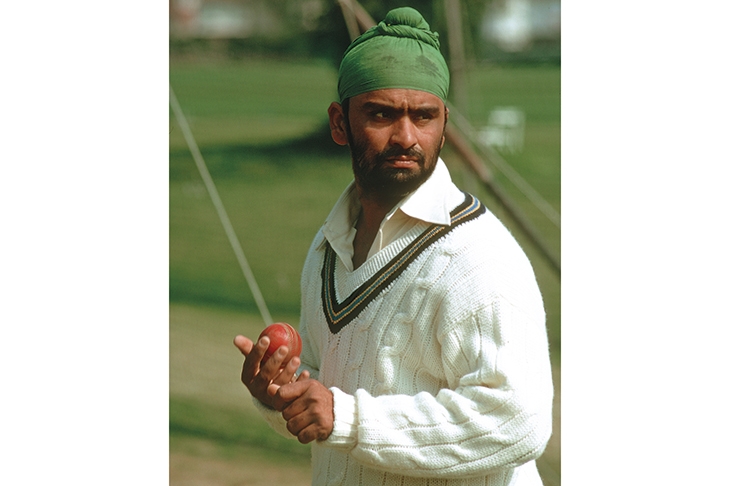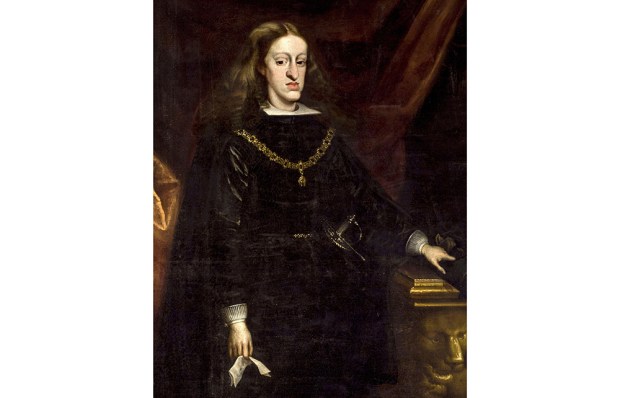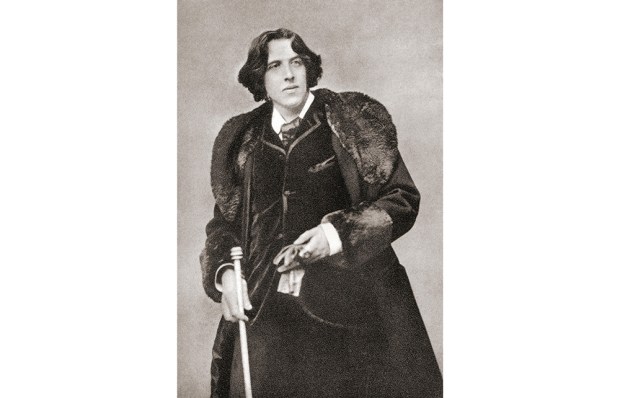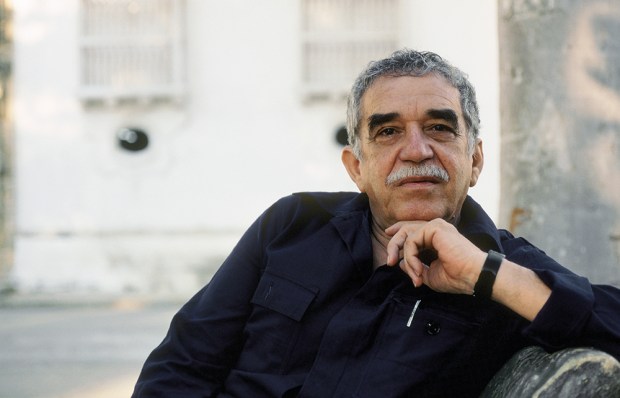There is nothing in world sport, ‘nothing in the history of the human race’, Ramachandra Guha modestly reckons, that can remotely match the passions that surround Indian cricket. I have no idea how many listeners or viewers hung on every ball of Ben Stokes’s Headingley heroics last year, but it is a safe bet that had it been Sachin Tendulkar or Sunil Gavaskar batting, and an India victory over Pakistan at stake, then you could add as many noughts to that figure as will accommodate a cricket-mad population edging its way towards the one and a half billion mark.
The Commonwealth of Cricket is part celebration, part elegy, but before all else unashamedly the book of one of those tens of millions of India’s cricket fans. Ramachandra Guha is an historian, environmentalist, journalist and political biographer of wide-ranging distinction, but save for a dismal-sounding phase in his Marxist twenties, when E.P. Thompson edged out the cricket writer A.A. Thomson in his pantheon, cricket has been his obsession and the cricketers of his youth — Viswanath, Prasanna, Chandrasekhar and the ‘Sardar of Spin’ and most combative of them all, Bishan Bedi — his earliest heroes.
‘There are no cricketers like those seen with 12-year-old eyes,’ the old Middlesex and England leg spinner Ian Peebles once wrote, and The Commonwealth of Cricket is a testimony to that. Guha is open-minded enough to admit Virat Kohli to his all-time Indian XI if not quite to his heart, but just as with Cardus and Archie MacLaren’s Lancashire, or Alan Ross and the Sussex side of the 1930s, old memories, affections and loyalties die hard. Guha recalls:
It was in the same summer of 1970 that I shook hands for the first time with a Test cricketer. One morning, my uncle and I were driving in his Fiat along Nrupathunga Road when he spied a tiny figure hunched over a scooter. Durai overtook him from the left, shouted out ‘Vishy! Vishy!’, and with his shrunken right hand motioned for the man to pull up. He did, we got out of our car, and my uncle introduced me to G.R. Viswanath, who in the previous winter had scored a dazzling 100 on debut against Australia in Kanpur. That incident says something about the times — which Test cricketer now would drive a scooter?
There is an innocence and charm to these early memories, to tales of his uncle Durai, a formidable cricketer with only one useful arm, of school and club matches and local rivalries, and of his own guttering ambitions as a player, but that is only half the story. It was not long before Guha discovered that idols — ‘Vishy’ and Bedi always excepted — were best worshipped from a distance. The closer life has brought him to Indian cricketers, and the closer Indian cricket has come to being the world force the young Guha could only dream of — its Test team at the top of world rankings, its administrators all-powerful, its Premier League the gravy train that brings the world’s superstars flocking to India — the deeper the disillusion.
This sense of estrangement is partly a matter of cricket and partly a matter of politics, if in India those two things can ever be separated. It is no surprise that a Test-loving purist of his generation — Guha is in his sixties — should loathe the shortest form of the game. But his real venom is reserved for the men who run it, for the culture of cronyism, conflicts of interest, lack of transparency, corporate greed, financial malfeasance and personal vanities that, in the wake of match-fixing scandals in 2013, brought about the intervention of the Supreme Court of India.
For a short period Guha himself sat on the Committee of Administrators set up by the court to run Indian cricket, and it says a lot for the forces he was up against that within four months such a dogged enemy of the establishment had resigned in frustration. He writes:
That Indian cricket administrators were venal and corrupt I knew beforehand. What surprised and shocked me more was how amoral India’s top cricketers were… When I joined the COA, my friend C. Venkatesh worried that the romantic in me might be lost, and that proximity to cricketers might breed contempt. And it did.
If this is a sour note to end an engagingly generous celebration of cricket and cricketers, Indian and firangis alike, then it is an ugly picture Guha paints. There are many in India who are going to challenge his diagnosis as much as they did his appointment to the COA. Yet whichever side of the battle you stand, whether you think that the IPL tolls the death of the provincial game or brings on more talent in a season than the Ranji Trophy does in years; whether you think T20 is the only thing saving cricket from extinction or a vulgar travesty of ‘faux thrills, faux skills, faux loyalties, faux highs and faux lows’; or — finally and most urgently — whether you think India’s ‘bullying tactics’ on the world cricket stage are an expression of an ugly ‘hyper-nationalism’, or simply pay-back time for decades of colonial condescension at the hands of their old masters, then The Commonwealth of Cricket is a book that should not be ignored.
Got something to add? Join the discussion and comment below.
Get 10 issues for just $10
Subscribe to The Spectator Australia today for the next 10 magazine issues, plus full online access, for just $10.
You might disagree with half of it, but you’ll enjoy reading all of it. Try your first month for free, then just $2 a week for the remainder of your first year.














Comments
Don't miss out
Join the conversation with other Spectator Australia readers. Subscribe to leave a comment.
SUBSCRIBEAlready a subscriber? Log in